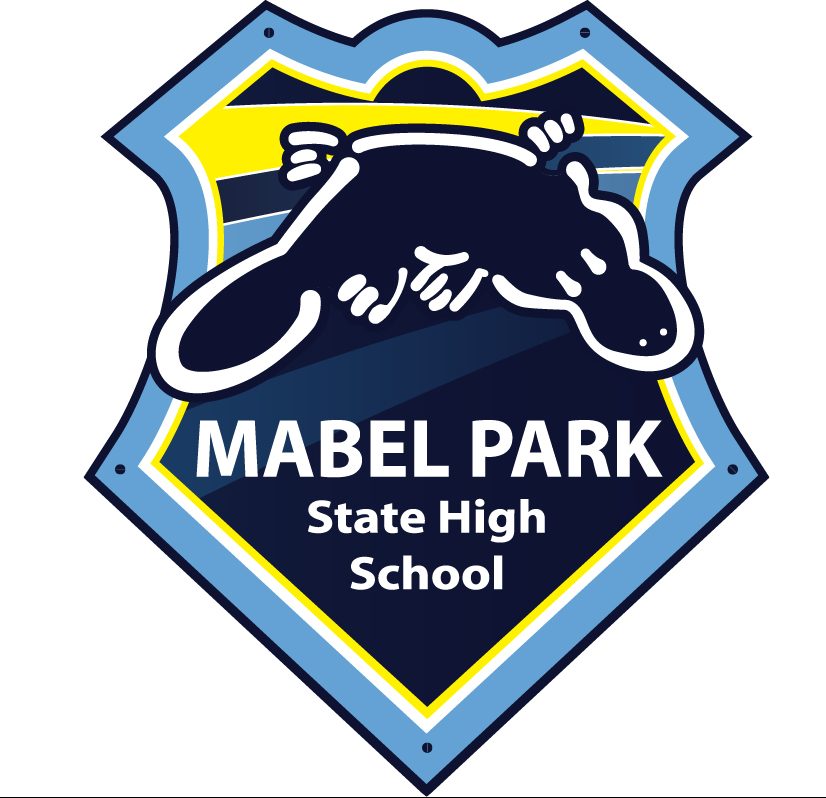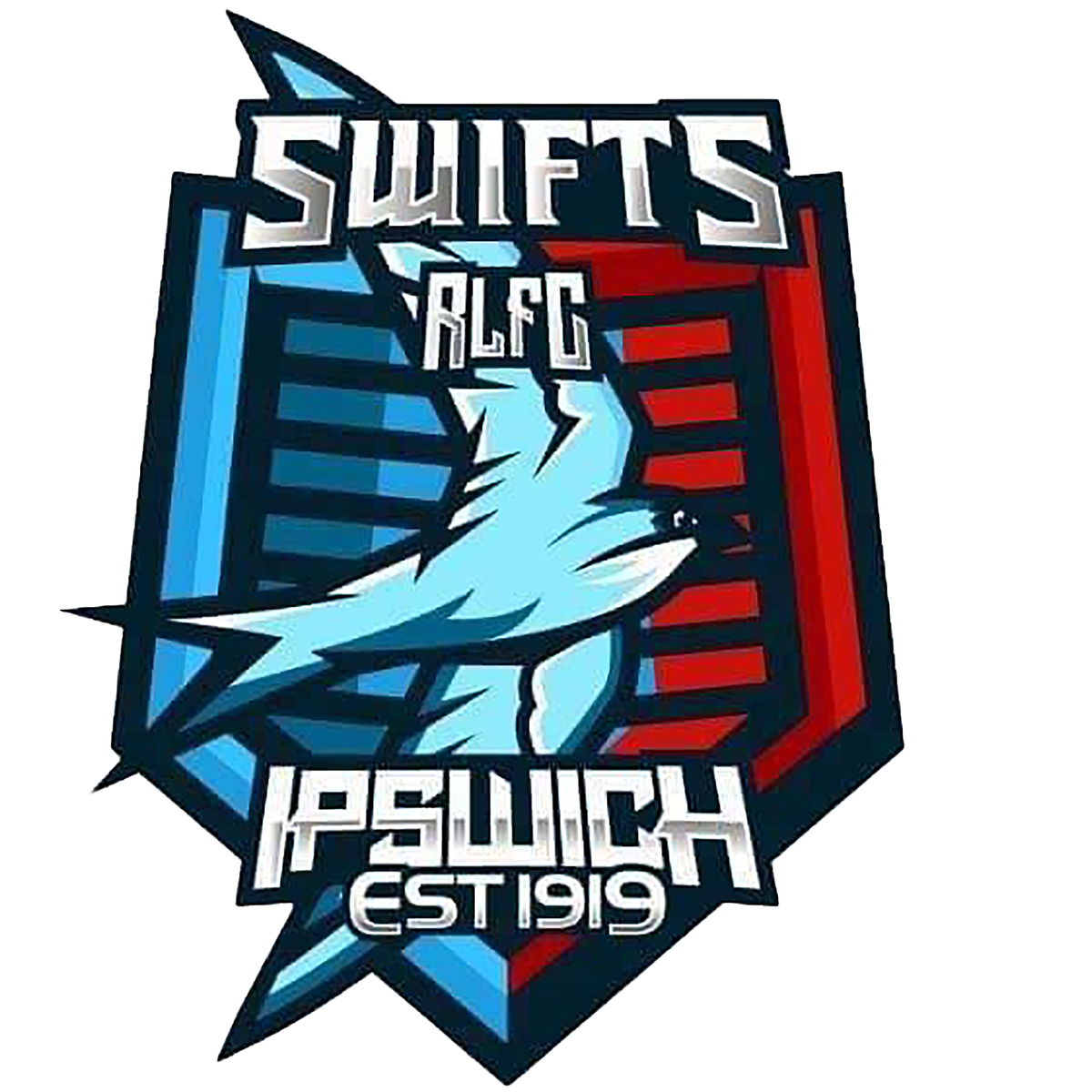
Prologue
Sunday 17th September 1972. The scene is Brisbane’s famous Lang Park Stadium and well over 40000 footy fans are shouting themselves hoarse as the Brisbane Rugby League Grand Final reaches its climax. The crowd has spilled over the fence and sit jammed against the sideline -so close that referee Henry Albert has to move them back to allow the Easts kicker, Howard Fullarton, room to attempt the conversion of a try to their young captain, Des Morris.
Up in the Frank Burke stand sits the brains trust of the Tigers, President, Jack Atkin and Treasurer, Tom Drysdale. Both men played in the last Grand Final won by the Tigers. This was in 1950 -a lifetime ago for the young combatants on the field. Both Jack and Tom had played in the era when the Club was led by the legendary AJ “Taffy” Welch whose history with the Club extended back to being the President when the Easts Club was formed in 1933. Now, over twenty years on, those stars from the 1950’s were the driving forces in the grandstand and a new breed on the field was about to bring fresh glory to the old Club.
Few could have predicted that the cycle would continue with players from that era including Des Morris and John Lang becoming pivotal figures as the Club marched with continued success and prosperity into the next century. As Jeff Fyfe kicked that last minute field goal to send the Tigers into wild celebrations, a watershed in the Club’s history had been defined.
Let's start that journey at the beginning.
The Curtain Raiser
Little did William Webb Ellis know when he made that famous decision to pick up the ball and run with it at the Rugby school in 1832 the worldwide repercussions of that act of defiance. And little could the seven men who met in Brisbane in 1908 to form the Queensland Rugby League have envisaged the outcome of that eventful day.
The same mood of defiance that caused Master Ellis to pick up the ball led, worldwide, to the formation of the Rugby League as a breakaway from the Rugby Union. In England, in Sydney and in Queensland the mood was the same -players wanted to be protected for loss of earnings from injuries sustained while playing their game. The strict amateurism of the day led to the Rugby League breaking away over this basic principle of reimbursing players.
One of the inaugural seven was Mr Alf Faulkner who wrote an account of the birth of Queensland Rugby League in 1908 for a 1945 edition of “The Queensland Rugby League Gazette.”
“Following the initial movement in Sydney, we in Queensland set about to effect a breakaway from the Rugby Union. A secret meeting was held at the Railway Hotel, Roma Street. A committee was appointed to carry on. This committee comprised Messrs Boland, Dore, O’Connor, Buchanan, Fihelly, Watson and the writer. Baskerville’s New Zealand (All Blacks) Team was due in Sydney on their return trip from England.
The committee of the Queensland Amateur Rugby League as it was then called at once got in touch with their officials and requested their best terms for three games in Brisbane. A reply by wire, “£150 guarantee or half the gate whichever the greater.” We accepted. The team was invited but there was just one little obstacle -we had no cash.
However that trouble was surmountable, and the writer went to Sydney and saw the team away to Brisbane. I was almost outed when, after the first game, I received a wire: “Beaten badly Gate £110 – do your best but no bad fruit.” I will not disclose the name of the sender – many old timers will guess. I took the wire to mean: gate rotten, team not good enough, send up some good player or players for the return game. Wednesday’s match was worse, a gate of £30 and another hiding. In the meantime
I had been busy. After about three trips to Double Bay.
I was fortunate enough in persuading “Dally” Messenger to come to Brisbane to play in the Queensland side for the third game – result a draw, a gate of nearly £300, and best of all, thousands of spectators left the Exhibition Ground fully satisfied that in the thirteen a side game we had the goods.
From then on we never looked back, and in no time we had our Clubs formed and laid the foundation on which this great game has been built up on to the high pinnacle it occupies today “One swallow does not make a summer”; but there was one occasion in the League history when one swallow did. I consider that the outstanding play of Dally Messenger in that third match, his influence on the other players, and his effect on the financial success of the game made a difference between a great setback or victory.
Victory came our way thanks to the incomparable Dally To deal with the early trials and_ tribulations of our first players and supporters is a long story that can wait till some future occasion. Suffice to say that, despite all the obstacles placed in our way in the early years, from that small but pugnacious start in 1908, the game has made remarkable progress and, today, occupies the proud position of being the King of Winter Sport.”
The new group was under immediate attack from the Establishment, including the local press, for introducing professionalism which it was claimed, would ruin the sport. Among the founding fathers was an Australian Labor Party Member of Parliament, Mr Jack Fihelly, who was to become the Deputy Premier. Mr Fihelly is listed as a member of the Queensland side that played the All Blacks in the series of exhibition games that helped establish the code in Brisbane. Remarkably enough the current QRL Board includes our Club’s Number 1 Ticket Holder of the last few seasons, Mr Terry Mackenroth who also was an Australian Labor Party member of Parliament, and the Deputy Premier of our State.
The difficulties faced in those difficult times were further emphasised by the writer as he continued;
“Another setback we had to face was the military training system Introduced by the Commonwealth Government, which resulted In several of our players going into camp for three months or so. I hasten to state, however. That I am all in favour of this training, not only from a national viewpoint, but from the physical welfare of the trainee himself.
The result was that for the first round our side used to meet once a week (and that was on a Saturday afternoon), having had no training together to enable them to play as a team. However, I contend that our players, though lacking the very basis of any team, played good, hard football. I will admit that there was nothing spectacular about its play, but the most caustic critic would admit that several of our players played great football in view of the difficulties with which they were confronted.”
So severe was the player shortage that on occasions the Club struggled to field a team in the top grade. The same report from 1941 comments; “Mr. L. W Morley, reelected secretary, was a/so unopposed. During the season Mr. Morley (“Bungalow” to a lot of his friends} was ea/led up for military duty, and he was replaced by Mr. M. Herlihy. I have not as yet entered into the sorting out of any one official of the club for particular bouquets, but I feel I would be lacking In my duty if I did not record the following about “Bungalow.”
For various reasons our first team were unable to field a full side at Nundah one game this season, but “Bungalow,” together with Selector Jack Hannan, took tl1e field. Great fellows both. “Bungalow” had not played for three seasons, and goodness knows how long ago it was that Jack was our regular hooker. Thanks a lot to both.” By 1942, the War crisis was having a dramatic effect on our lives with food and clothes rationed, holidays cancelled, week-day sports banned, race meetings curtailed, milk and bread supplies zoned, trading hours shortened, liquor limited, schools closed













